
YDTech® manufacturer of 1x1,1.2x1.2,1.5x1.5, precision bearing rollers sizes(NRA,NRB) and needle rollers stocks! supplier of standard 1x1,1.2x1.2,1.5x1.5, cylindrical rollers or needle rollers stocks(G2,G3) in china.
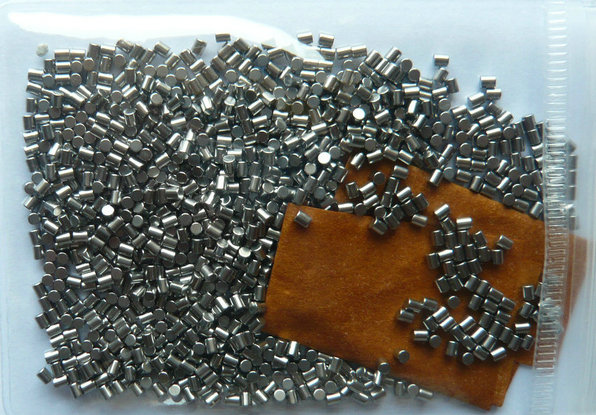
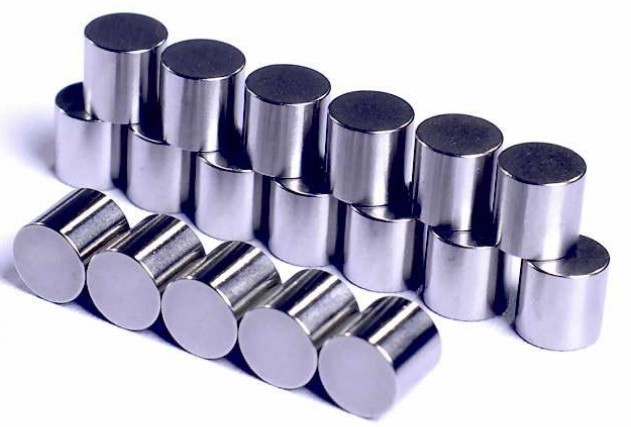
Bearing steel: This is a high-carbon steel that is alloyed with other elements such as chromium, manganese, and molybdenum to improve its strength and durability. Bearing steel is often used in high-load applications due to its ability to withstand heavy loads and resist wear. Ceramic: Ceramic rollers are made from materials such as silicon nitride or zirconia, which offer high strength, stiffness, and wear resistance. Ceramic rollers can also operate at high speeds and temperatures and are resistant to corrosion. 1x1,1.2x1.2,1.5x1.5,
usually, the material of needle rollers(cylindrical rollers) is chrome steel 52100, then stainless steel: such as 302,304,316,306AL,420,420C,440C etc. then tungsten steel, the newest ceramic material is silicon nitride (si3n4), or zirconium oxide(ZrO2) etc.
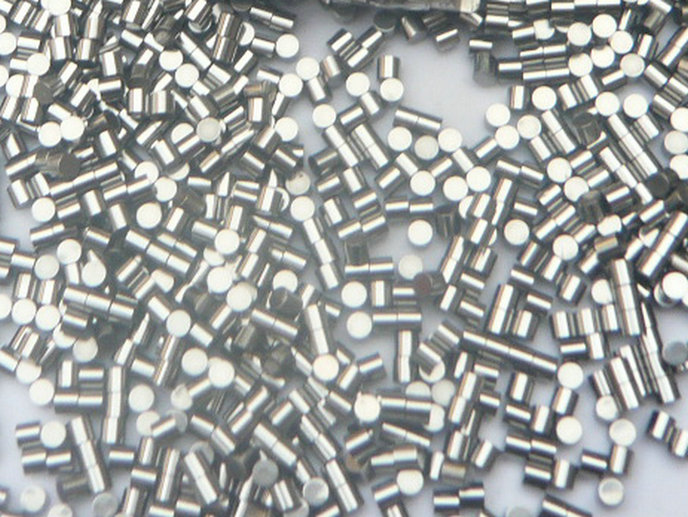
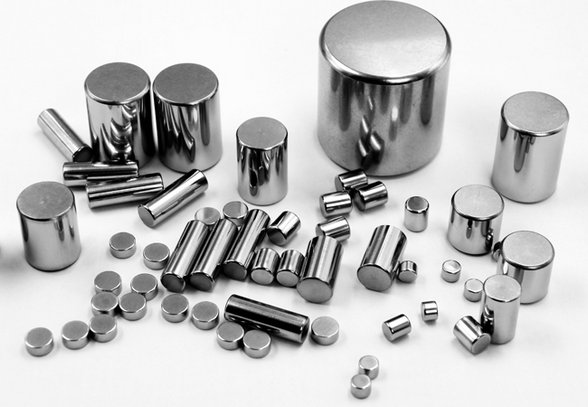
Stainless steel: Stainless steel is a corrosion-resistant material that is often used in applications where there is exposure to moisture or chemicals. Stainless steel rollers are often used in food processing and medical applications where hygiene and corrosion resistance are critical.Tungsten carbide: Tungsten carbide is a hard, wear-resistant material that is often used in applications where there is high abrasion or impact. Tungsten carbide rollers can operate at high temperatures and resist wear, making them well-suited for use in harsh environments.
The specific material used for high-precision cylindrical rollers will depend on the application requirements, such as load capacity, speed, and operating conditions. The selection of the appropriate material will also depend on the desired surface finish, tolerances, and other specific requirements for the rollers.
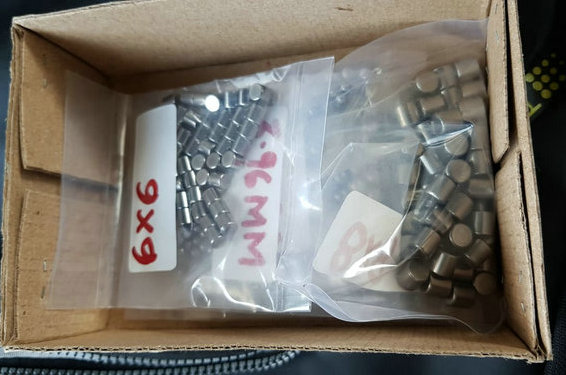
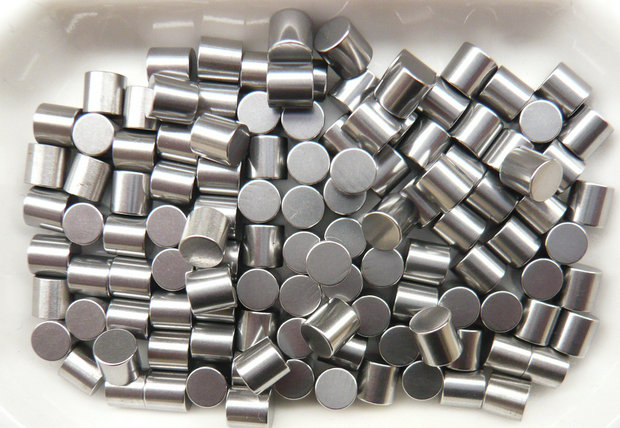
In general, the use of high-precision cylindrical rollers in robot joints can offer several potential benefits, such as improved precision, reduced friction, and longer service life. However, as with any component used in a robot joint, the selection of specific rollers should be based on a thorough evaluation of the specific application requirements and a consideration of all relevant factors.
The tolerance accuracy of high-precision needle rollers can vary depending on the specific application requirements and manufacturing processes used. However, in general, high-precision needle rollers are manufactured to very tight tolerances to ensure accurate and repeatable performance.
standard sizes of cylindrical rollers
| D*L | D*L | D*L | D*L | D*L | D*L | D*L | D*L | ||
|---|---|---|---|---|---|---|---|---|---|
| 1x1 | 1.2x1.2 | 1.5x1.5 | 2x2 | 2.2x2.2 | 2.5x2.5 | 3x1 | 3x1.5 | ||
| 3x2 | 3x2.2 | 3x2.5 | 3x2.7 | 3x3 | 3.5x5 | 4x6 | 4.5x4.5 | ||
| 5x5 | 5x10 | 5.5x8 | 6x8 | 6x12 | 6.5x9 | 7x10 | 7.5x7.5 | ||
| 7.5x11 | 8x10 | 9x9 | 9x14 | 10x11 | 11x11 | 11x15 | 12x14 | ||
| 13x13 | 14x14 | 15x15 | 15x22 | 16x17 | 17x17 | 18x18 | 18x26 | ||
| 19x20 | 20x20 | 21x21 | 22x22 | 22x34 | 24x24 | 24x36 | 25x36 | ||
| 26x28 | 28x28 | 30x30 | 32x32 | 34x34 | 36x36 | 38x38 | 40x40 | ||
| loose rolling elements, cylindrical rollers, precision rollers,bearings rollers only | |||||||||
- home
- products
- contact
- equipments
- needle rollers
- standard sizes needles stocks
- 1mm series
- 2mm series
- 3mm series
- 4mm series
- 5mm series
- 6mm series
- cylindrical rollers
- standard sizes rollers stocks
- 1mm series
- 2mm series
- 3mm series
- 4m~5mm series
- 6mm~7mm series
- 8mm~9mm series
- 10mm~12mm series
- 13mm~17mm seriess
- 18mm~22mm seriess
- 24mm~28mm series
- 30mm~40mm series